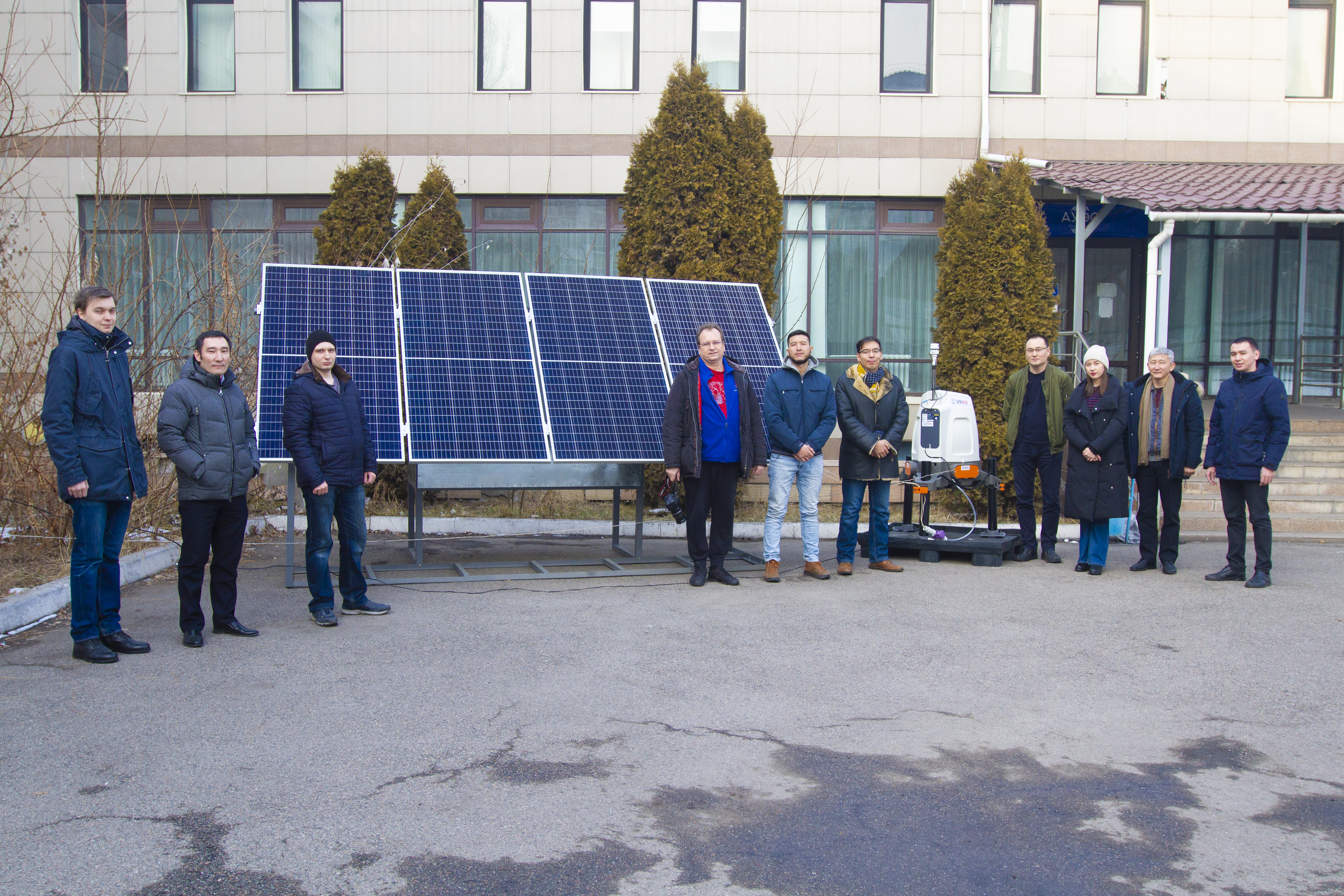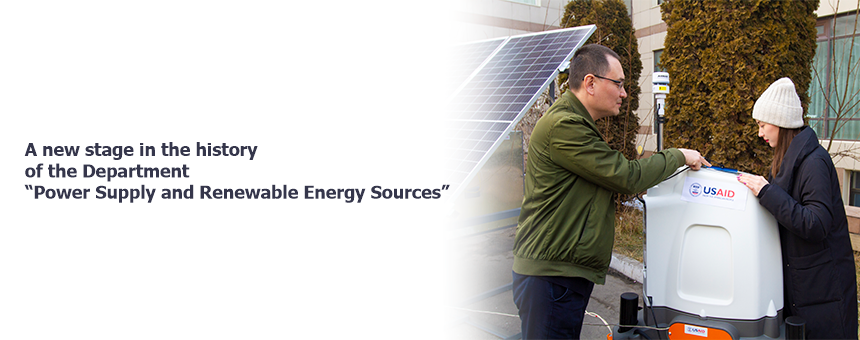04.02.2022 All news
On January 31, 2022, at the Almaty University of Power Engineering and Telecommunications named after Gumarbek Daukeyev, the wind speed measurement system equipment, as part of the ZX300 lidar and with an uninterruptible power supply unit based on a solar station, was installed. The measuring system was provided as part of the USAID Power the Future regional program. It aims to accelerate the transition to clean energy, diversify energy sources and create competitive markets in Central Asia.
The ZX300 lidar is capable of measuring wind speeds in the range from less than 1 to 80 m/s, at altitudes from 10 to 200 meters. It has broad scientific and commercial prospects, which will generally enhance the potential of AUPET in the development of renewable energy sources
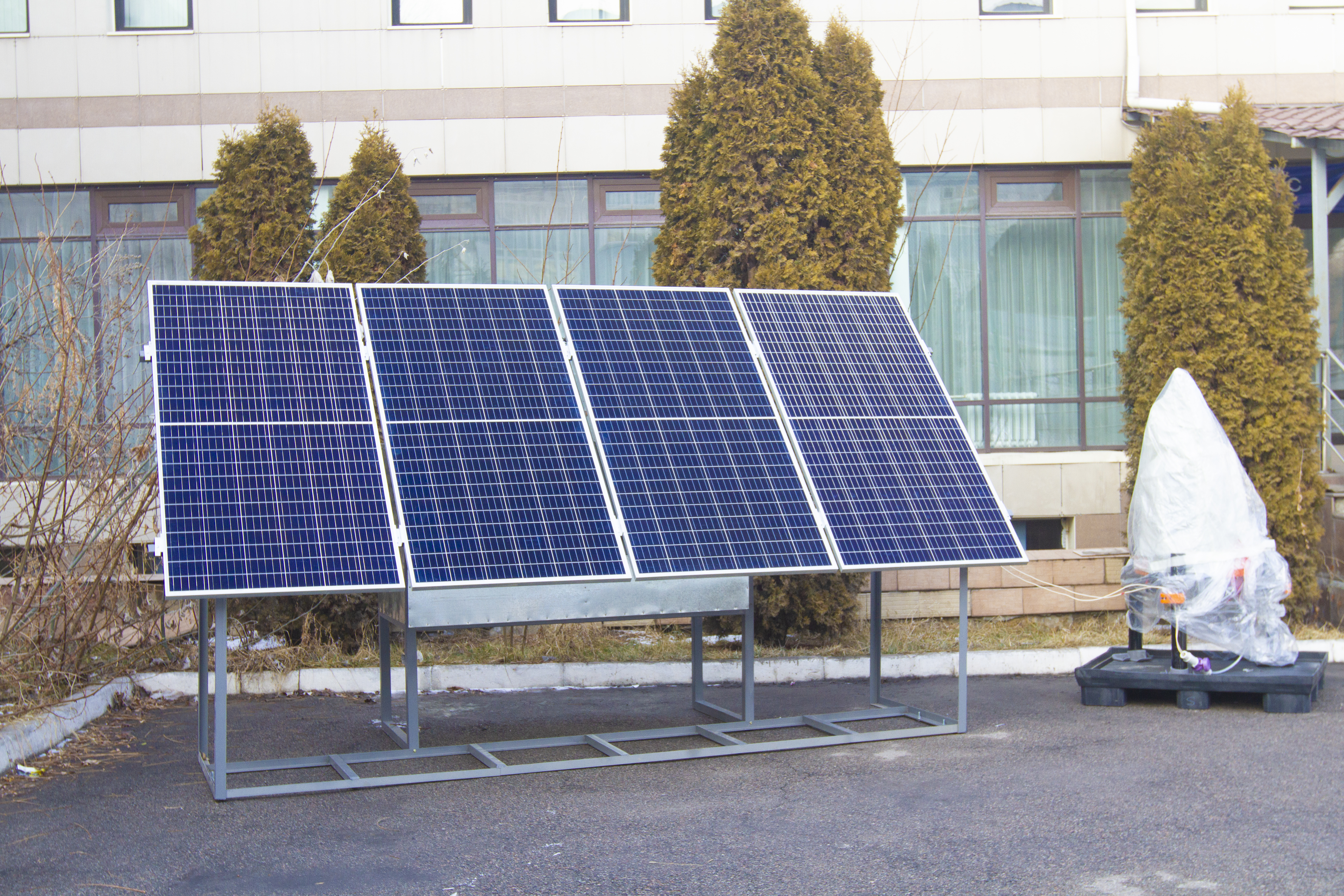
On February 3, a special training on lidar was held on the basis of the Department “Power Supply and Renewable Energy Sources”. More than 30 people from Europe, Kazakhstan and Central Asia took part in the training. The speakers at this event were leading experts from Firnas Shuman, GEO-NET and ECONRG. “When planning wind farms, many parameters are taken into account, including the possibility of transporting equipment, as well as the political situation in the country. To attract investors, it is necessary to carefully develop a wind atlas in order to launch a campaign to measure the wind in the locations of interest,” said Firnas Shuman Regional Manager Vicente Gutierrez.
During the training, issues such as the influence of measurement errors on the estimated annual energy production, the "shadow" effect, Betz's law, the Doppler effect and the outgoing laser beam, wind farm monitoring and many others were considered.
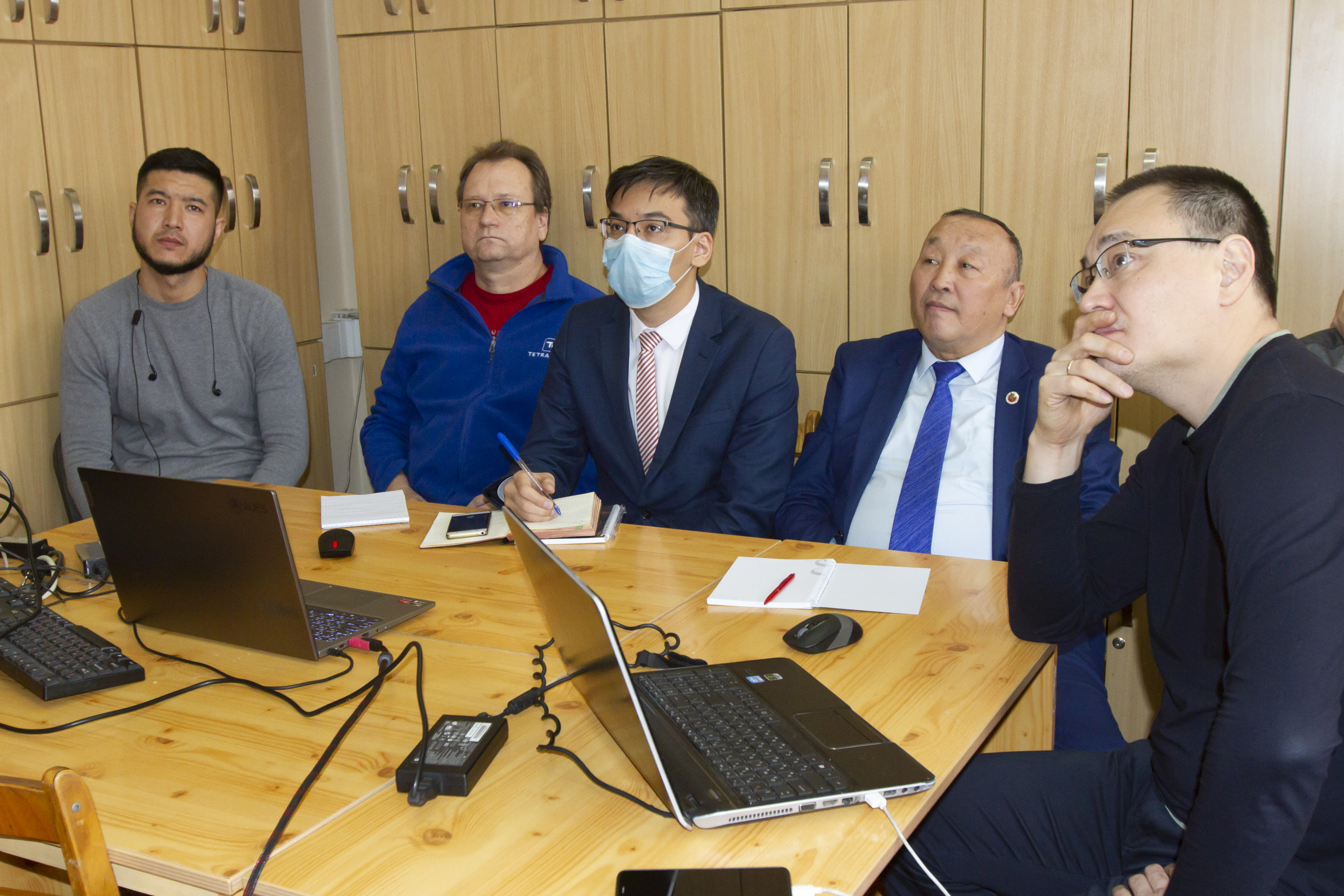
The topic of profitability parameters of projects in the field of renewable energy was of particular interest. “Success also depends on the availability of developed infrastructure. An accurate analysis is needed to determine the energy output from wind farms. Such information is of a financial nature. Thanks to such calculations, the government of Uzbekistan held a successful auction, and profitable wind farms were deployed,” said expert Johannes Lange from GEO-NET.
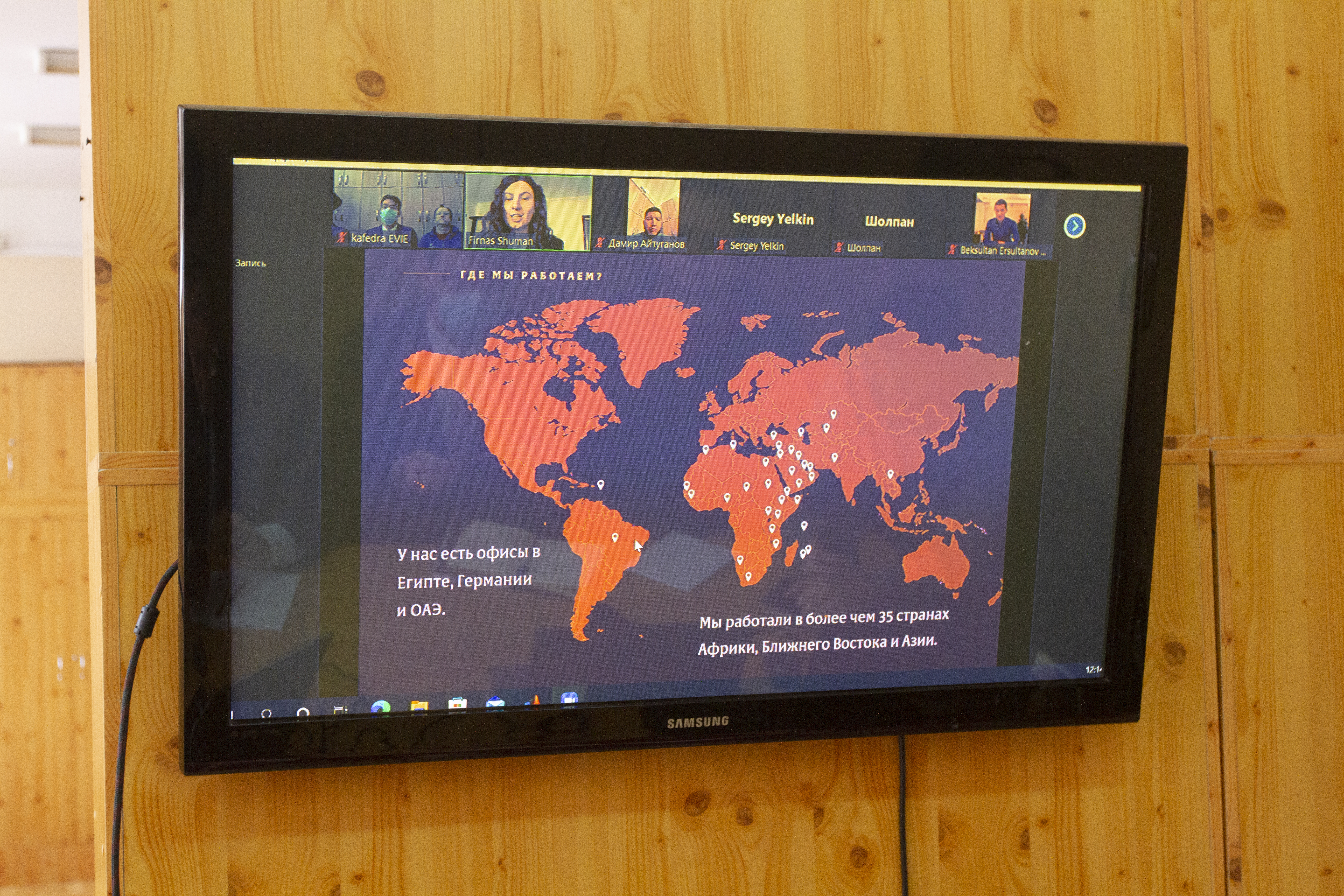
Experts and participants discussed the technical capabilities of lidar and issues of data collection and analysis. Oleg Ryaskov, Deputy Head of the USAID Power the Future Project, noted that AUPET is one of the leading technical universities in Kazakhstan, which is trusted by international partners. “Together we have introduced a course on renewable energy. In addition, support was provided in the acquisition of laboratory and educational equipment. The launch of measurement campaigns to assess the wind and solar potential in Kazakhstan is the next step. We recently purchased several lidars. We donated one lidar to AUPET so that teachers and students could learn advanced technologies in this area. This opens up a new field for experiments and for practical projects to measure the wind potential. And according to our agreements, AUPET plays the role of a resource center where all knowledge will be concentrated - not only to study, but also to teach others. I want to talk separately about the benefits of these measurements. If measurements are not made centrally, then these measurements will still be made by investors. If investors do it individually, then problems already arise. The investor may not like how the measurements were taken, or something went wrong. The money has already been spent. Then another investor comes along and spends the money again. Another point is that not one wind farm can be built on one site, but several. Each investor, if there is no centralized measurement, will conduct measurements independently. Let's say five investors - five dimensions. But you can take these measurements once. If the investor does not need to take measurements on his own, then he will simply deduct these measurements from the cost of the project. Ultimately, the cost of electricity will be less. Therefore, the resource center based on AUPET has great prospects in this direction,” he said.
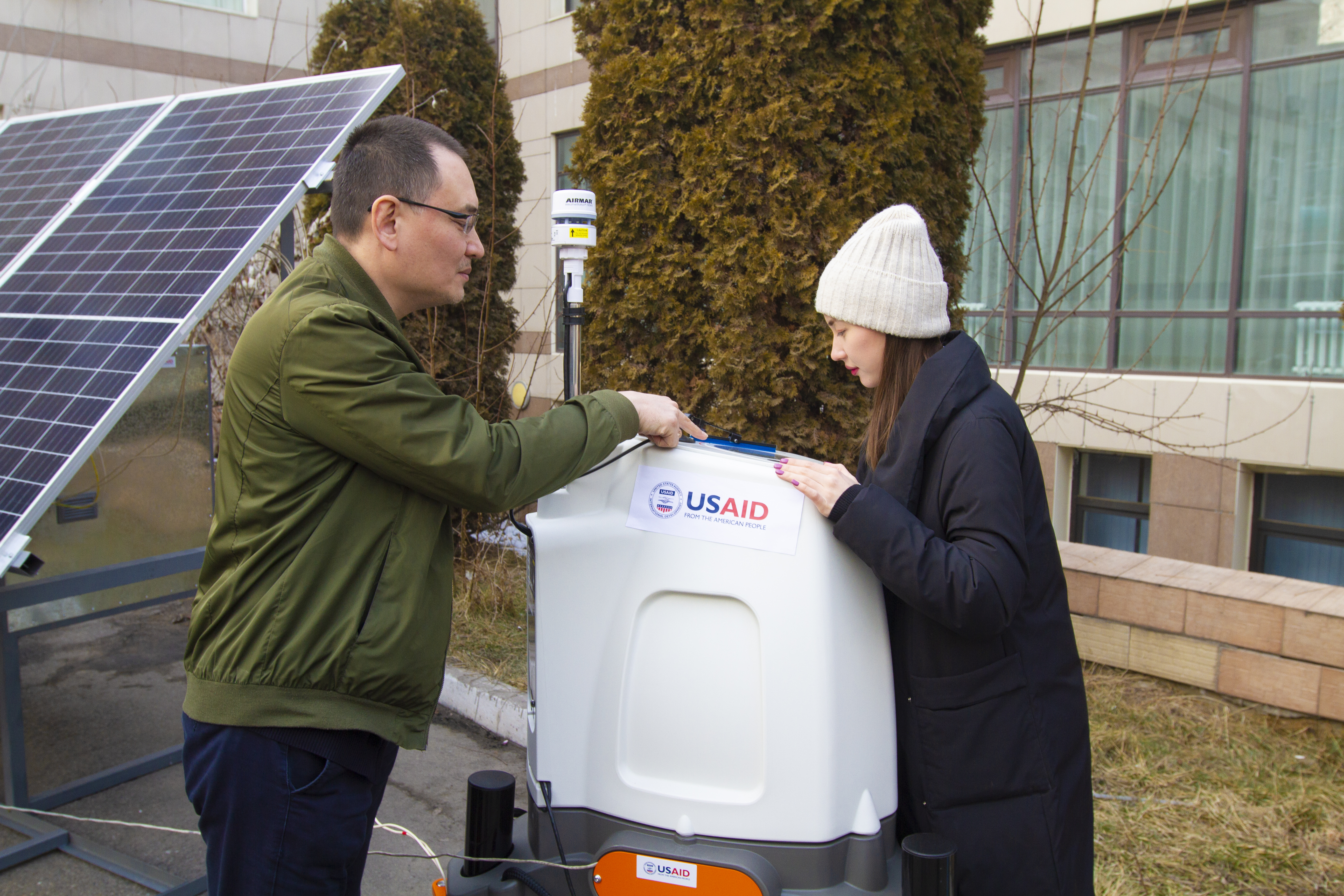
At the end of the event, the head of the Department “Electricity Supply and Renewable Energy Sources”, Kazhybek Tergemes, spoke in detail about the history of cooperation with USAID. “We have been cooperating with American partners since 2018. In the early years, USAID contributed to the improvement of the qualifications of the faculty of the department, as well as the development of the laboratory base. In 2020, the department was the first in the country to develop an educational program on renewable energy, which was officially registered in the register of the Ministry of Education and Science of the Republic of Kazakhstan. To date, 47 students and 15 undergraduates are studying under this program, on a grant basis. All of them study and gain skills on donated equipment from USAID in the amount of more than 200-300 thousand US dollars. A RES test site was created on the basis of AUPET. And I am sure that further cooperation with USAID will take us to new horizons,” he said.
